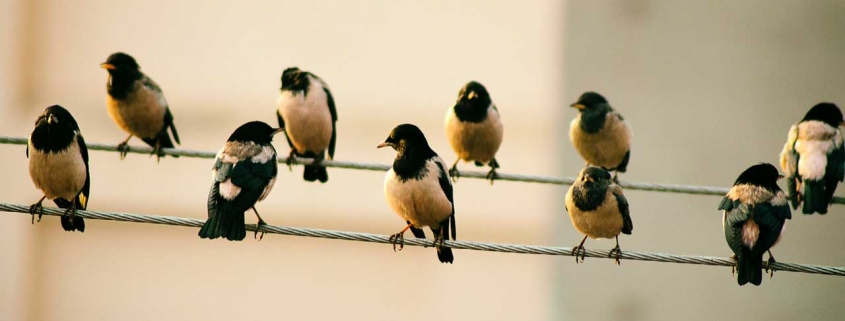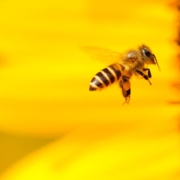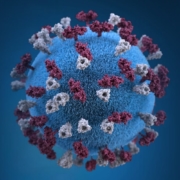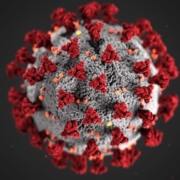EPA Announces the Implementation of Mitigation Measures for Insecticide Malathion to Protect Endangered Species
This original announcement was published by the EPA on August 23, 2023. Click here for more information.
The U.S. Environmental Protection Agency (EPA) is taking action to protect endangered and threatened species by implementing the U.S. Fish and Wildlife Service’s (FWS) nationwide final biological opinion (BiOp) for the insecticide malathion. The malathion BiOp is the first nationwide BiOp issued by FWS to cover all registered uses of a pesticide across the United States and its territories. Its implementation represents the final stage in the Endangered Species Act (ESA) consultation for malathion and is the culmination of a collaborative process over more than seven years involving EPA, FWS, the U.S. Department of Agriculture, pesticide registrants and other stakeholders. Today, EPA is implementing this BiOp by issuing Endangered Species Protection Bulletins, available on the Bulletins Live! Two website, and approving malathion label amendments to incorporate measures to protect listed species.
Malathion is an organophosphate insecticide commonly used to control foliage and soil insect pests. It is used in the agricultural production of a wide variety of food and feed crops to control many types of insects such as aphids, leafhoppers, and Japanese beetles, as well as by home gardeners for outdoor residential uses including vegetable gardens, fruit trees, and a variety of ornamentals. Malathion-containing pesticide products also have significant public health benefits when used in pest control programs for controlling mosquito-borne illnesses. Malathion was one of the initial pilots chosen by EPA to help develop ESA consultation processes for FIFRA actions and to incorporate recommendations from the National Academy of Sciences. Malathion was the subject of litigation, and the timing associated with EPA’s consultation was dictated by that litigation.
Under the ESA, EPA is responsible for ensuring that its actions—including many pesticide registration actions—do not jeopardize listed species or destroy or adversely modify their designated critical habitats. EPA completes a biological evaluation (BE) to assess the risk of a pesticide to listed species. In January 2017, EPA released the BE for malathion, which determined–given malathion’s large number of labeled uses—that the registered uses of malathion have the potential to adversely affect one or more individuals of most (>90%) federally threatened or endangered (listed) species. In its BE, EPA determines if an individual of a species may be affected or not. If EPA determines that a species may be affected, then EPA uses additional information to determine if pesticide is Not Likely to Adversely Affect (NLAA) or is Likely to Adversely Affect (LAA) an individual of a species or critical habitat. If EPA makes a LAA determination, as it did with malathion for many listed species, EPA must engage in formal consultation with the Services. Practically, the LAA threshold for a BE is very conservative as the likely “take” of even one individual of a species triggers LAA (even if that species is almost recovered).
The Service(s) then may develop a BiOp that, among other things, determines whether the pesticide is expected to jeopardize listed species or destroy or adversely modify critical habitat, and if so, requires measures to protect these listed species and critical habitats. Such measures are identified through the consultation process, which involves EPA, the Services, USDA, the pesticide applicants, and other stakeholders.
FWS’s draft BiOp for malathion identified 78 listed species that could be jeopardized by how malathion was used before the consultation process. The final BiOp specifies agreed-upon mitigation measures including no spray zones, reductions in application rates and number of applications, and other changes to the labels that, once implemented, avoid jeopardy and adverse modification of critical habitat. Registrants involved in the consultation agreed to implement these measures by modifying their product labels, which now contain directions on how to apply the pesticide in accordance with the FWS BiOp.
Additionally, mitigation measures that are only applicable near a species’ habitat are available on EPA’s Bulletins Live! Two website, an online system that describes geographically specific pesticide use limitations to protect listed species and their designated critical habitats.
FWS determined that the new mitigation measures, once implemented, will adequately reduce the potential effects of malathion products on listed species. These measures will not only protect listed species but also reduce exposure and ecological effects more broadly wherever malathion is used.
After consultations between the EPA, NMFS, FWS, and the malathion registrants and with input from USDA, the FWS and NMFS issued “no jeopardy” BiOps that were finalized on February 28, 2022, and June 30, 2022, respectively. The Services came to a “no jeopardy” determination based on mitigation measures that were identified during the consultation process.
EPA is also working to implement the National Marine Fisheries Service’s nationwide final BiOp for malathion, chlorpyrifos and diazinon by the BiOp implementation date of December 30, 2023. The newly approved amended malathion labels include changes necessary to comply with both BiOps, but only the FWS Bulletins are currently available in Bulletins Live! Two. Registrants have submitted requests to amend their product labeling to include the necessary mitigation measures to address spray drift and runoff, as well as guidance on how to report ecological incidents associated with pesticide applications, should users observe any. EPA reviewed these amendments and approved the amended labeling.
For additional information on the FWS BiOp and the NMFS BiOp for malathion, visit EPA’s website. The registration review process for malathion is ongoing, with the Proposed Interim Decision, proposing any additional necessary mitigations for comment, expected to be completed by the end of this year.





